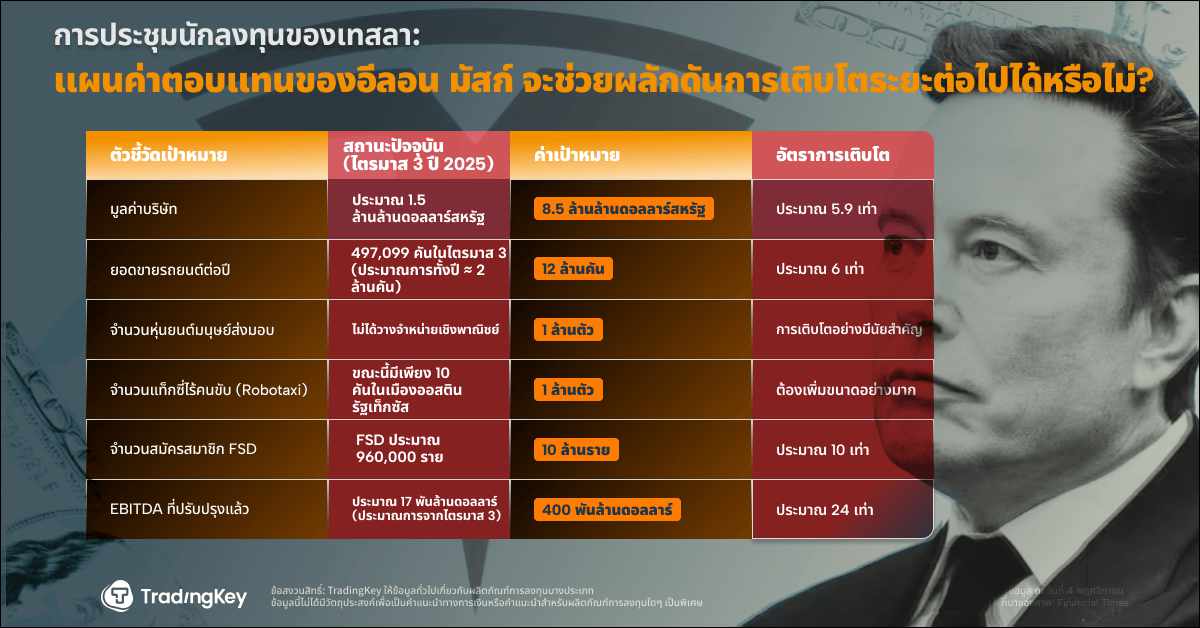Charles Hoskinson: ตอนนี้เป็นเป้าหมายของฉันที่จะเห็นระบบนิเวศของแอปไฮบริดที่ขับเคลื่อนโดย Bitcoin ที่เปิดใช้งาน DeFi

Charles Hoskinson ซีอีโอและผู้ก่อตั้ง Cardano กล่าวว่าภารกิจของเขาคือการเห็นระบบนิเวศของแอพไฮบริดที่ขับเคลื่อนโดย Bitcoin ที่เปิดใช้งาน DeFi เขาเสริมว่าเขาชอบแนวคิดที่ว่าในที่สุด Bitcoin ก็มีชั้น DeFi และกลับมาสู่ความโดดเด่นด้านนวัตกรรม โดยที่ Cardano มีบทบาทสำคัญในกระบวนการนี้
Hoskinson จินตนาการถึงสถานการณ์ที่ผู้ใช้จำเป็นต้องใช้จ่าย Bitcoin เท่านั้นเพื่อให้บรรลุเป้าหมาย และเขาเชื่อว่า Cardano จะสามารถทำให้มันเกิดขึ้นได้ด้วยค่าธรรมเนียม Babel แนวคิดคือการสร้างระบบนิเวศที่ผู้ใช้สามารถโต้ตอบกับ dApps โดยใช้ Bitcoin โดยตรง เขาตั้งข้อสังเกตว่าสิ่งนี้อาจทำให้สิ่งต่าง ๆ ง่ายขึ้นสำหรับผู้ใช้ในขณะที่เพิ่มคุณสมบัติใหม่ให้กับการตั้งค่าที่มีอยู่ของ Bitcoin
การรวม Cardano - Bitcoin สามารถเปิดประตูใหม่สำหรับ Bitcoin ในภาค DeFi
ขอเตือนสั้นๆ ว่า จากการที่ได้อ่านซอร์สโค้ด Bitcoin ในยุคแรกๆ มาเป็นเวลานานแล้ว มันเป็นเรื่องง่ายสำหรับฉันที่จะกลับเข้าสู่กรอบความคิดในการออกแบบและวัตถุประสงค์ของ Bitcoin
มันเหมือนกับเพื่อนสมัยเด็กที่ฉันขาดการติดต่อและค้นพบใหม่ ฉัน…
— ชาร์ลส์ ฮอสกินสัน (@IOHK_Charles) 26 พฤศจิกายน 2024
Hoskinson stated that the Cardano-powered DeFi on Bitcoin integration through the BitcoinOS grail bridge could help Cardano tap into Bitcoin’s liquidity and ‘plug-in’ to Bitcoin as application layers. As Bitcoin’s DeFi ecosystem continued to mature, Hoskinson believed that the Cardano-Bitcoin bridge would be the first step to true Bitcoin DeFi applications.
He clarified that the Cardano network would eventually host Bitcoin-secured DeFi apps. Hoskinson added that babel fees would enable Bitcoin developers to create hybrid apps in Aiken and pay transaction fees in BTC. However, Hoskinson explained in an X post that has since been deleted that developers needed to be trained in Cardano’s Aiken programming language to create the hybrid apps.
“It’s now a goal of mine to see an ecosystem of hybrid apps powered by DeFi enabled Bitcoin. This vision should only require the user to spend bitcoin to make it happen. Thanks to babel fees, Cardano can make this happen.”
-Charles Hoskinson
Hoskinson claimed this would be an enormous amount of work with ‘very heavy lifting’ since there were wallet integrations and so many other things that needed to happen. He, however, pointed out that it would all be worth it because Bitcoin was a trillion-dollar asset.
Bitcoin’s core design elements present technical and regulatory limitations regarding DeFi
According to an extensive Footprint analytics report, implementing DeFi on Bitcoin presented several technical challenges, including scalability and interoperability. Bitcoin’s scalability was a primary concern since its base layer was limited in transaction throughput due to its block time constraints and block size, as per the report. Bitcoin’s layer 2 and sidechain ecosystems were still in their early stages, limiting the range of DeFi apps that could be supported effectively.
Interoperability was also of significant concern, as per the report, since bridging Bitcoin with other blockchains without compromising decentralization or security was a complex procedure that required innovation.
Regulatory scrutiny was expected to increase as Bitcoin DeFi continued to grow. The Footprint analytics report revealed that Bitcoin’s decentralized and ‘pseudonymous’ nature posed challenges for compliance. Notably, this compliance issue could potentially slow down the development and adoption of DeFi on Bitcoin.
The analytics firm emphasized that navigating these regulatory landscapes would be crucial for the sustainable growth of Bitcoin DeFi. As per the report, there were significant opportunities for technological advancements that could bolster Bitcoin DeFi, such as the enhancement of layer 2 solutions.
Land a High-Paying Web3 Job in 90 Days: The Ultimate Roadmap







